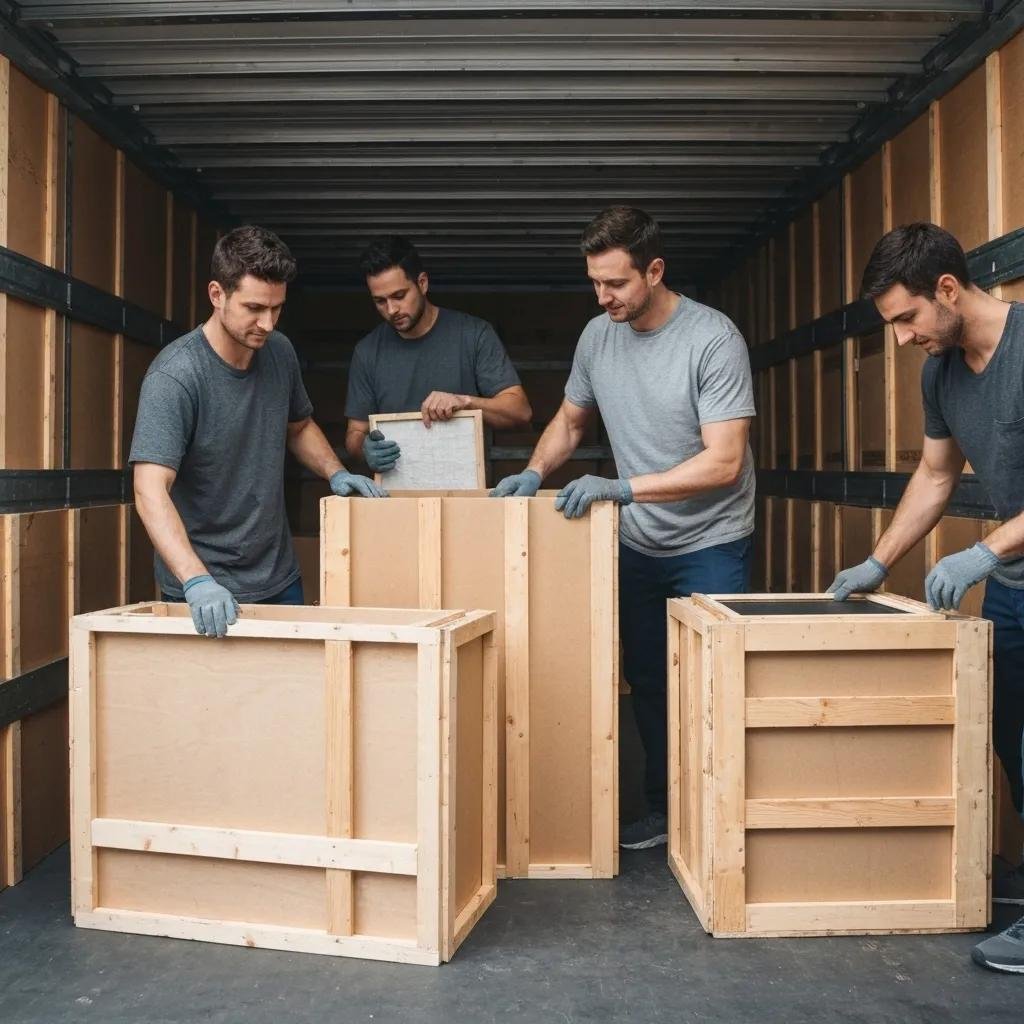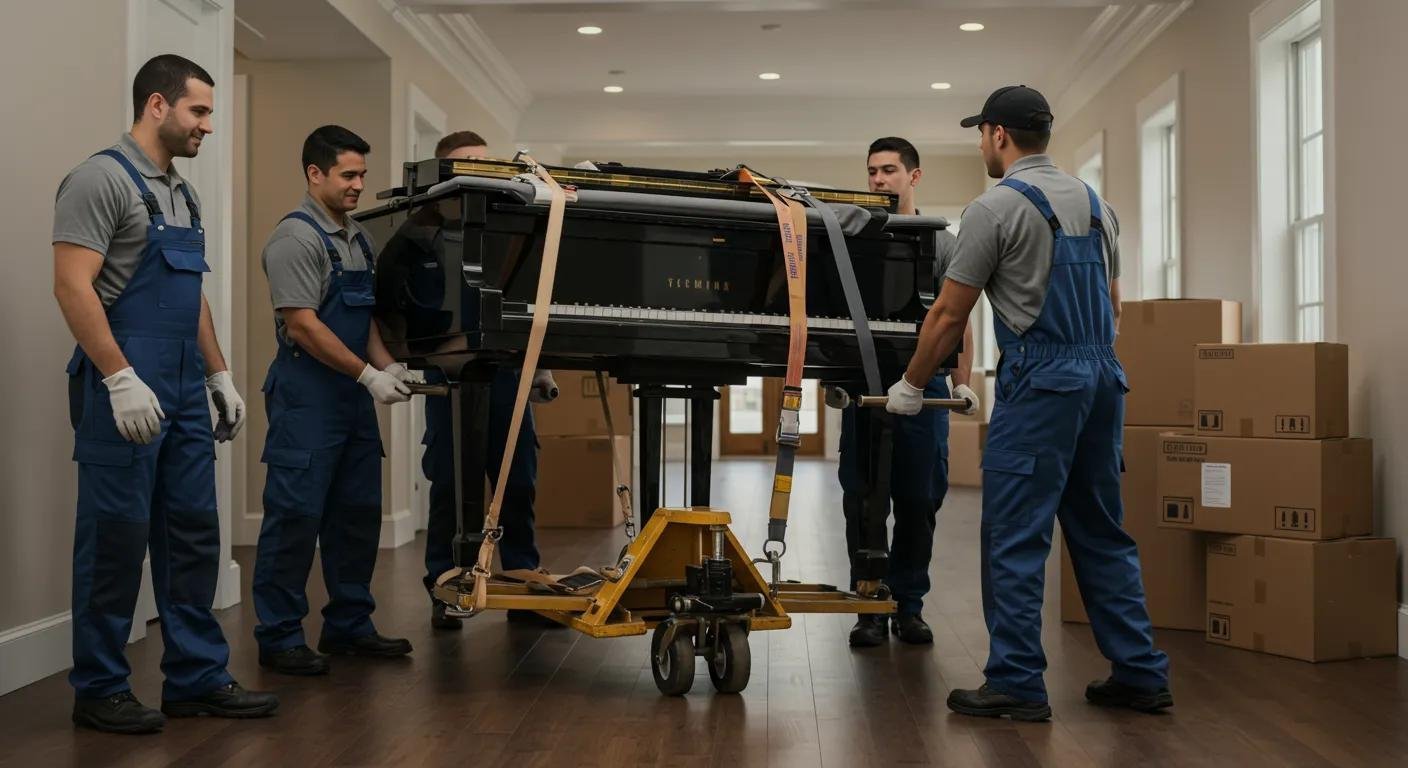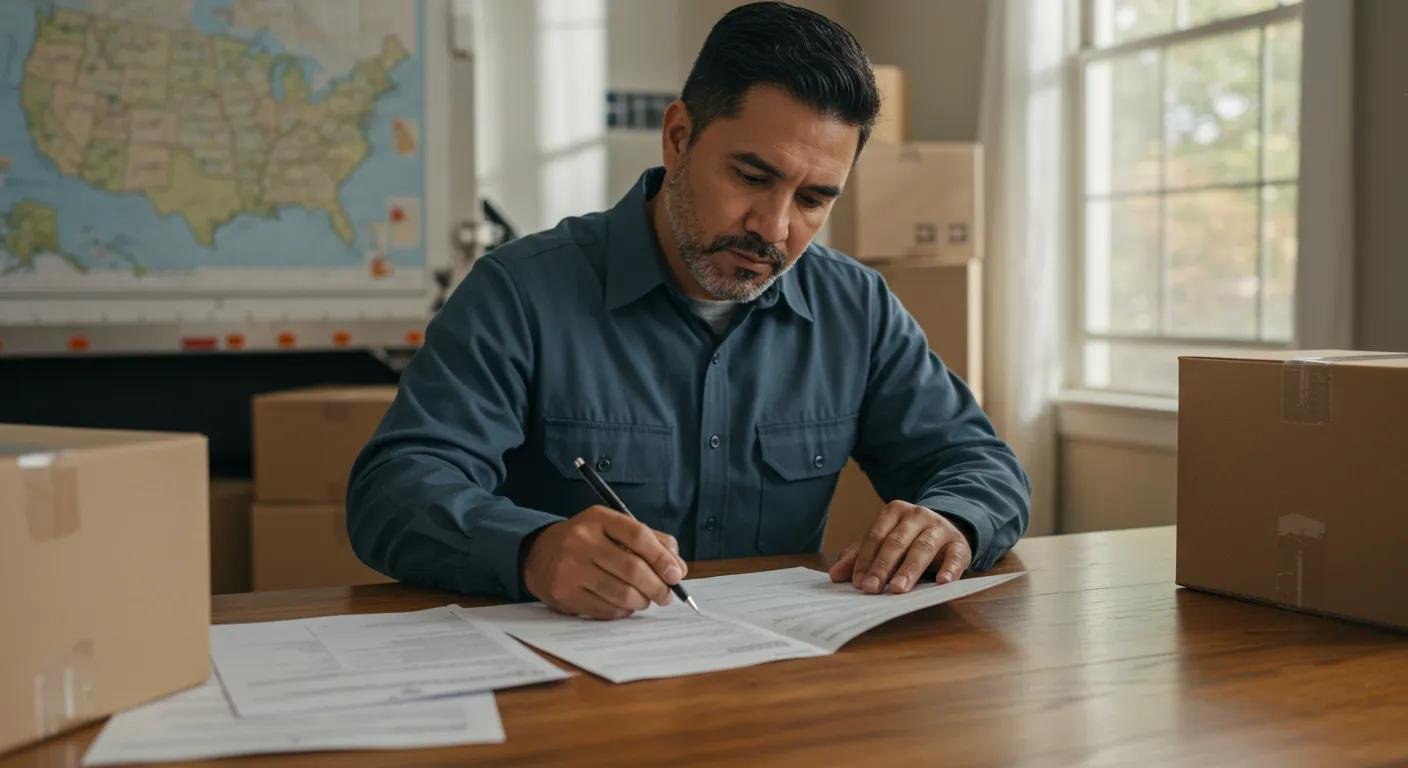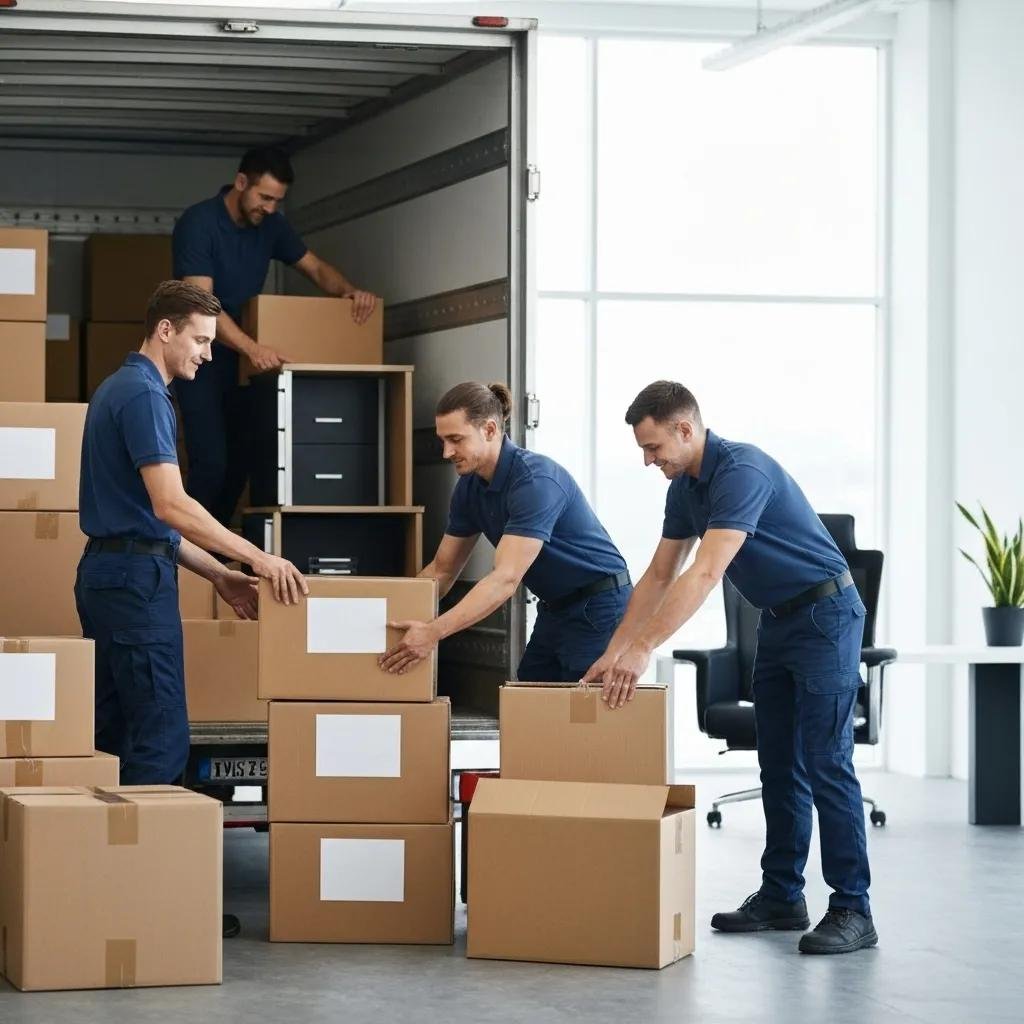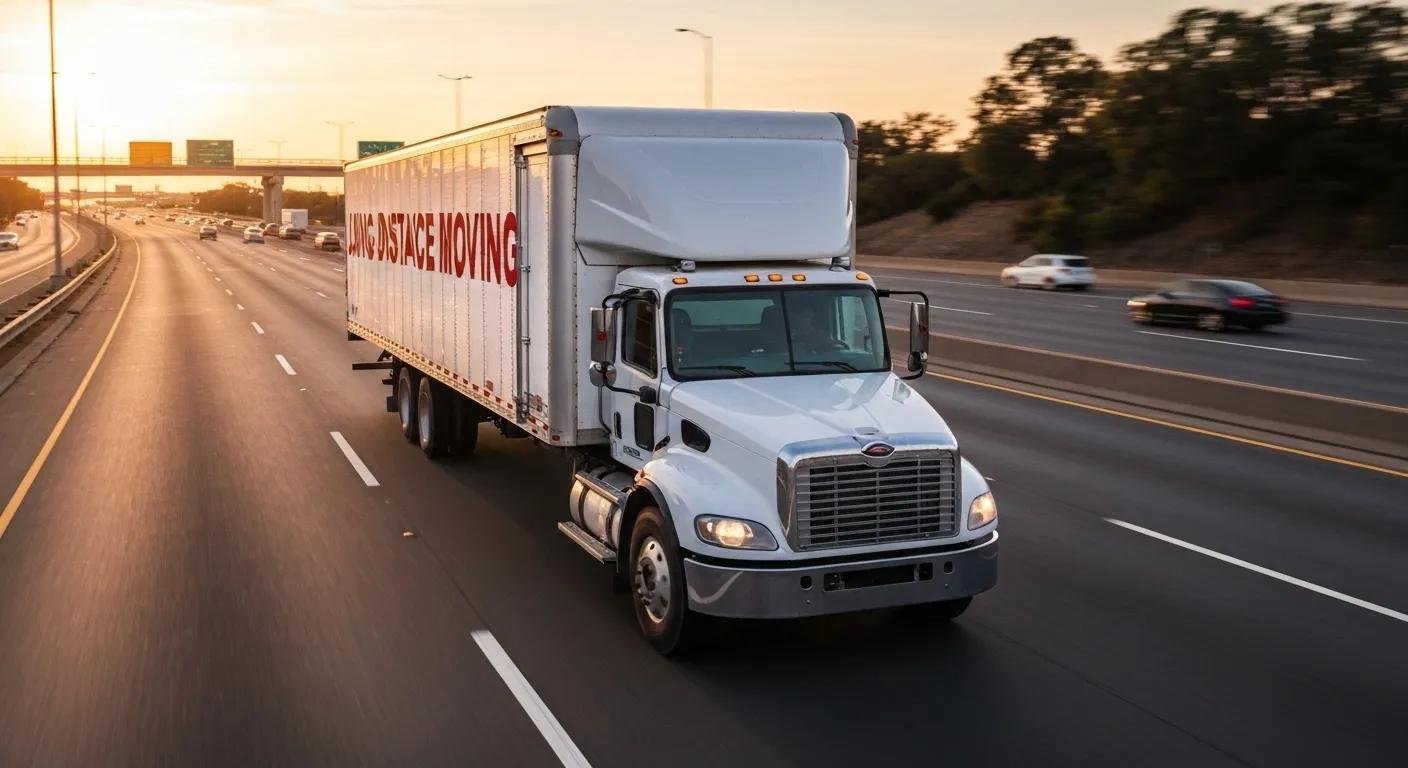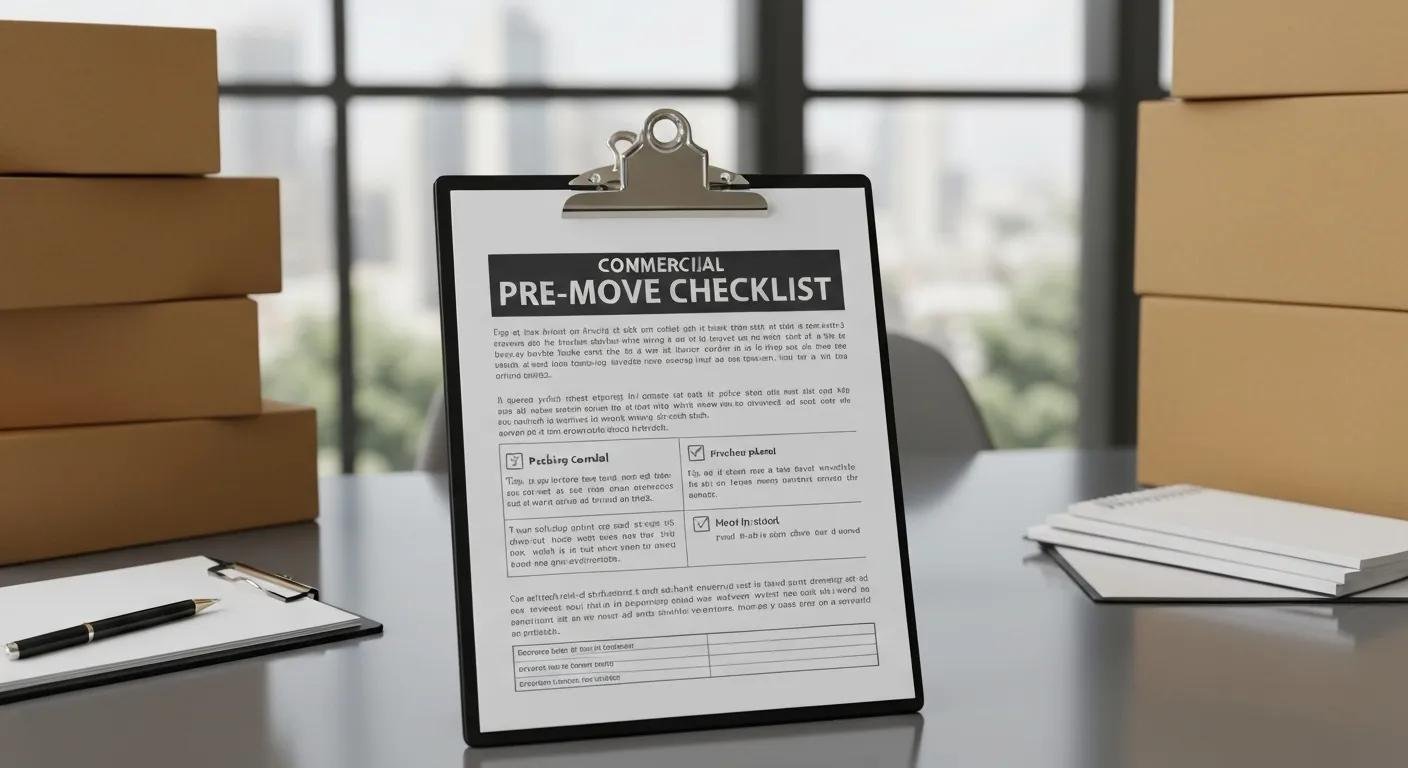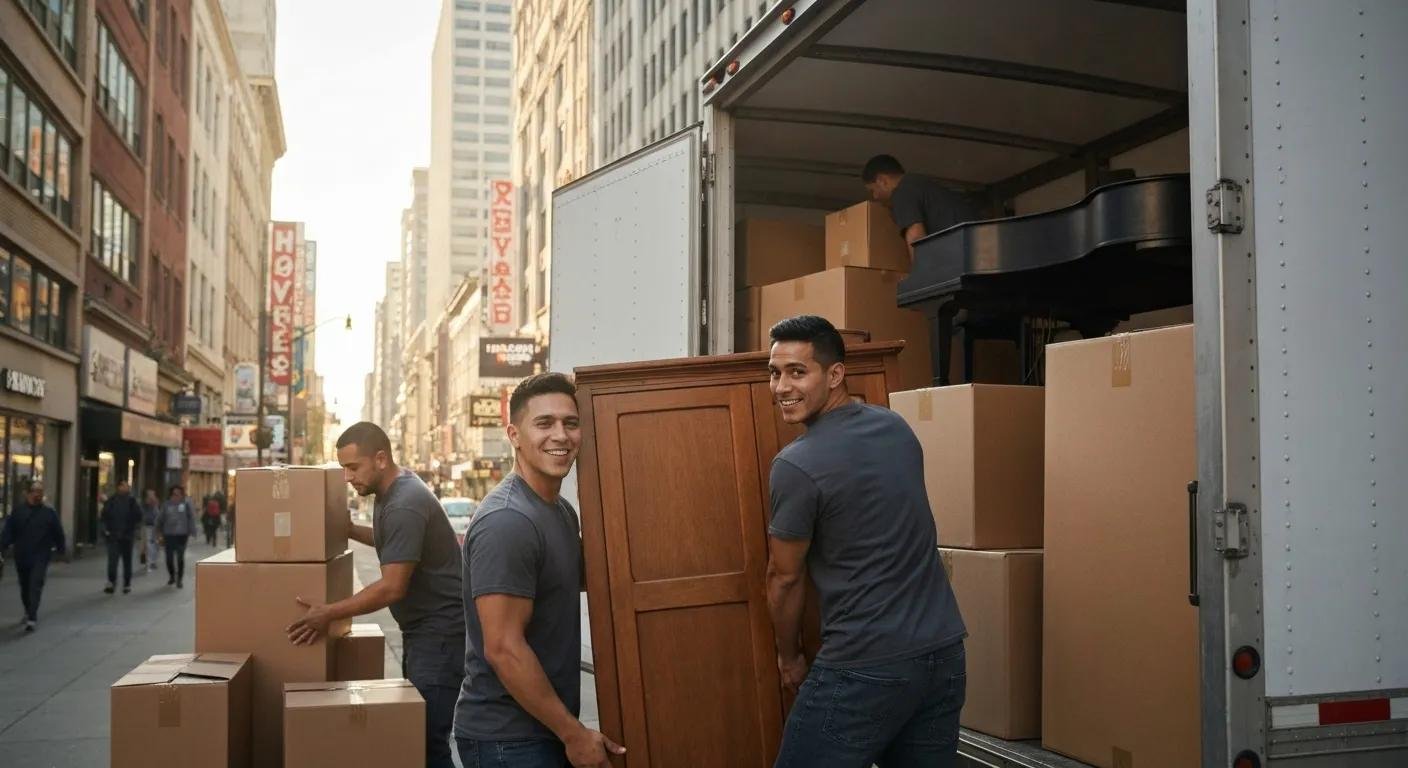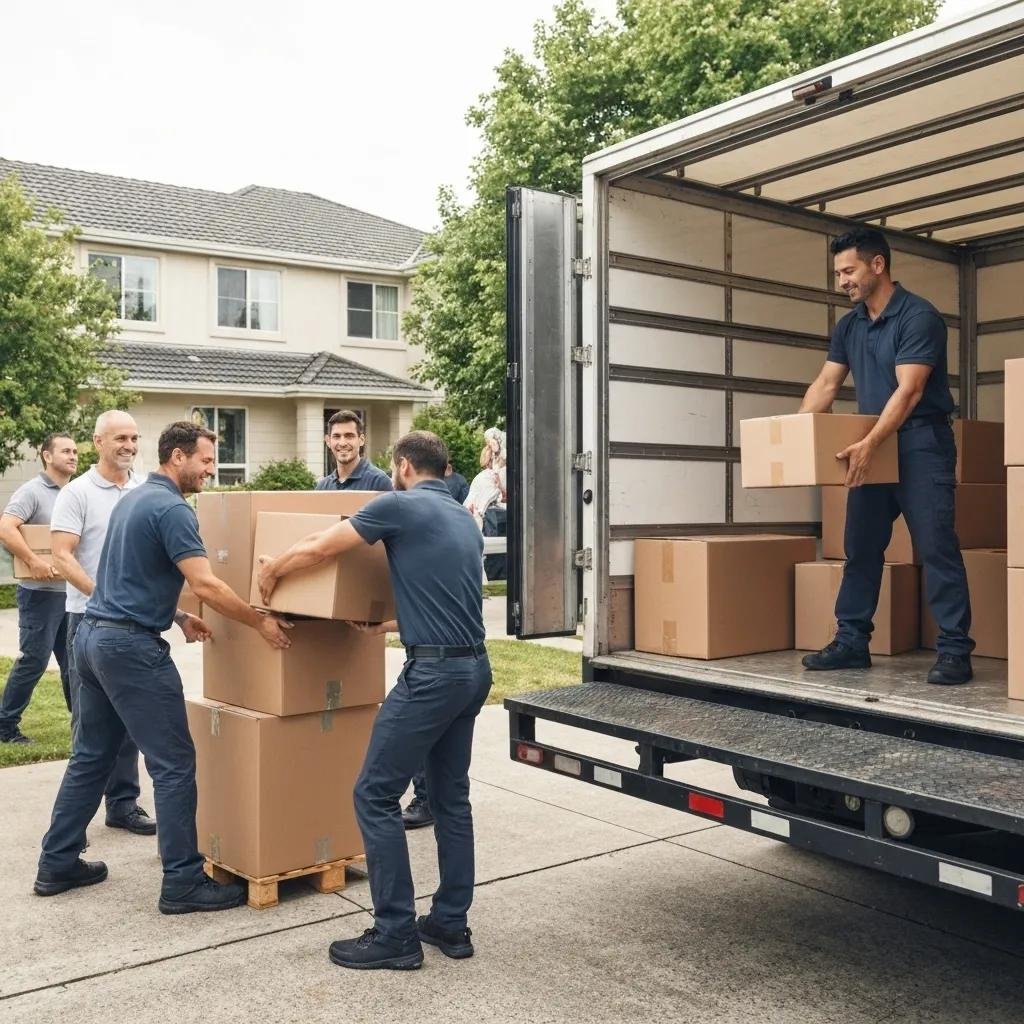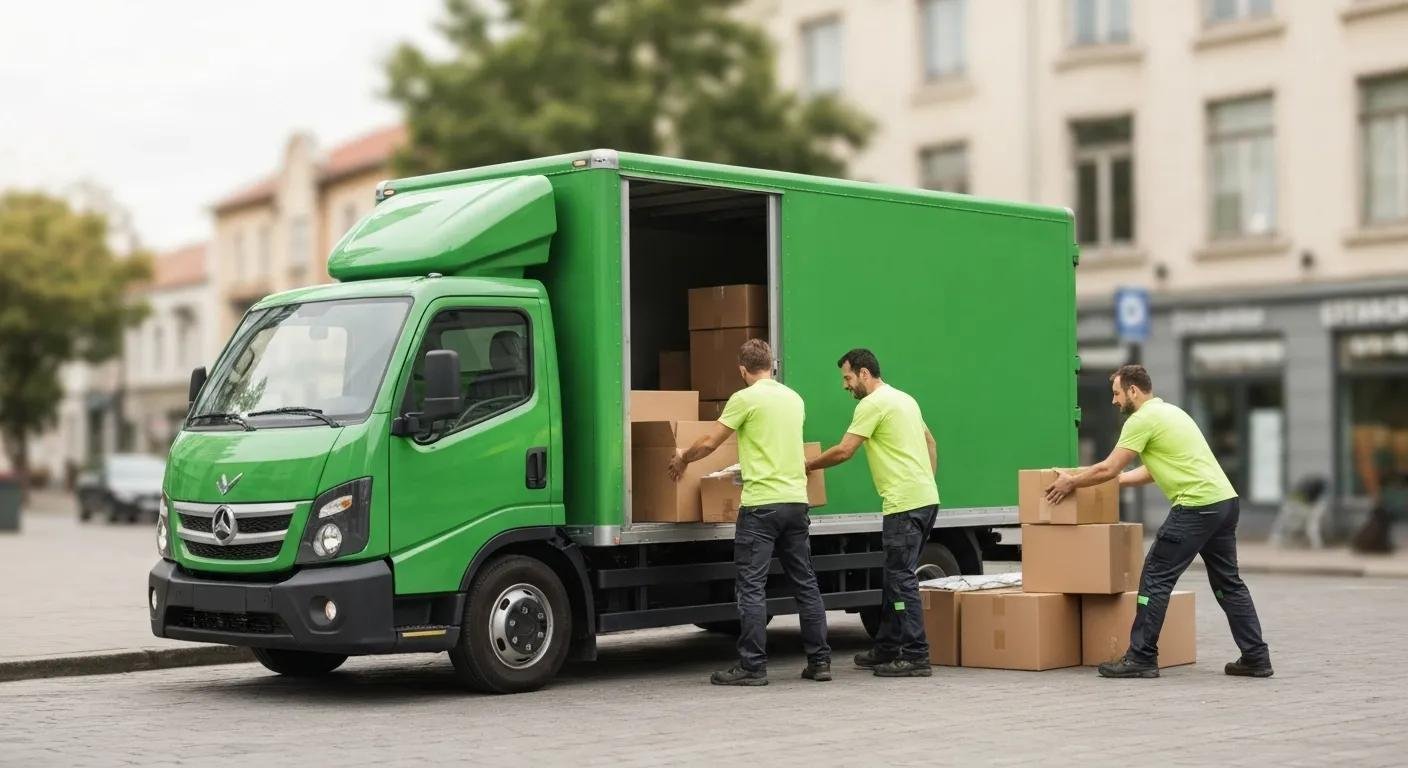Eco-Friendly Moving Company Options You Should Consider for Sustainable Relocation
Moving operations often generate significant environmental impact through packaging waste, fuel emissions, and resource consumption. Selecting from eco-friendly moving company choices can reduce carbon output, divert waste from landfills, and support sustainable relocation. Horizon Boston Movers delivers reliable transportation that pairs well with green moving services, providing a foundation for reducing environmental impact. This guide defines what makes an eco-friendly mover, explores reusable box solutions, outlines fuel-efficient and carbon-neutral options, examines donation and recycling strategies, and presents a step-by-step eco-friendly moving checklist for a sustainable move.
What Defines an Eco-Friendly Moving Company?
An eco-friendly moving company integrates sustainable practices to minimize environmental harm by reducing waste, cutting emissions, and supporting circular materials—resulting in greener relocations and community benefits.
Which Sustainable Practices Make a Moving Company Green?

Green moving providers adopt multiple eco-conscious methods to reduce resource consumption and waste.
- They use reusable moving bins made from recycled plastic instead of single-use cardboard.
- They employ biodegradable packing materials such as mushroom foam and recycled paper.
- They implement paperless billing and digital inventory to cut administrative waste.
These practices lower both landfill contributions and operational costs while reinforcing eco-friendly relocation standards.
How Do Eco-Friendly Movers Reduce Their Carbon Footprint?
Eco-friendly movers leverage cleaner fuels, optimized logistics, and offset programs to shrink greenhouse gas emissions.
Focusing on these strategies drives measurable reductions in carbon output and sets a new standard for sustainable logistics.
What Certifications and Partnerships Support Green Moving Companies?
Certifications and alliances validate a mover’s commitment to environmental stewardship and operational transparency.
- Green Seal Certification confirms adherence to eco-friendly service standards.
- ISO 14001 Partnership involves collaboration on environmental management systems.
- Local Recycling Center Alliances enable centralized material reuse and donation efforts.
ISO 14001: International Standard for Environmental Management Systems
ISO 14001 is an international standard that provides a framework for organizations to establish, implement, maintain, and continually improve an effective environmental management system (EMS). It assists businesses in monitoring and managing their environmental impacts, improving resource efficiency, reducing waste, and driving down costs, thereby enhancing stakeholder and customer trust.
This information validates the article’s mention of ISO 14001 as a key certification supporting green moving companies and outlines the benefits of adhering to this environmental management standard.
How Do Reusable Moving Boxes Improve Sustainable Moving Services?
Reusable moving boxes replace disposable cartons with durable containers, cutting waste, lowering costs, and protecting belongings more effectively.
What Are the Benefits of Reusable Plastic Moving Boxes vs. Cardboard?
Reusable bins deliver stronger protection while slashing landfill contributions and are ideal for multiple relocations.
Environmental Advantages of Reusable Moving Boxes
Reusable plastic moving boxes offer significant environmental benefits over single-use cardboard, including reduced waste, conservation of natural resources, and lower greenhouse gas emissions. Their durability allows for multiple uses, minimizing the demand for new materials and contributing to a more sustainable moving process.
This research directly supports the article’s claims regarding the environmental benefits and durability of reusable moving boxes compared to traditional cardboard options.
Can You Rent or Buy Reusable Moving Boxes?
- Compare rental rates versus purchase options through local suppliers.
- Reserve bins in advance to ensure availability on moving day.
- Return rented boxes for cleaning and reuse, or retain purchased units for future relocations.
Renting maximizes convenience, while purchasing offers long-term savings and guarantees supply for repeat moves.
What Fuel-Efficient and Carbon Neutral Options Do Green Moving Companies Offer?

Leading green movers blend low-emission vehicles with compensation programs to achieve carbon neutrality and cleaner transport.
How Do Biodiesel and Electric Moving Trucks Reduce Emissions?
- Biodiesel blends leverage renewable waste oils to slash lifecycle CO₂ emissions.
- Electric vans operate silently with no tailpipe pollutants, powering relocations on renewable electricity.
- Combined fleets offer flexibility for urban and long-distance applications.
These technologies drive major environmental benefits and advance sustainable transport adoption.
What Are Carbon Offsetting Programs for Moving Services?
- Funding reforestation projects restores habitats and captures atmospheric carbon.
- Supporting renewable energy installations accelerates the shift away from fossil fuels.
- Contributing to methane capture efforts reduces potent greenhouse gas releases.
Offset investments ensure that unavoidable emissions are effectively neutralized through verified environmental projects.
How Can Customers Participate in Carbon Neutral Moving?
- Calculate your move’s carbon footprint using online tools.
- Select an offset program aligned with personal values.
- Combine offsetting with decluttering and waste reduction efforts.
- Track impact metrics such as tons of CO₂ removed or trees planted.
Engaging directly in carbon neutrality fosters accountability and highlights the move’s positive environmental contribution.
How Can You Reduce Moving Waste with Donation and Recycling Services?
Responsible donation and recycling minimize landfill loads and deliver community support by giving unwanted items new life.
What Items Can You Donate or Recycle Before Moving?
- Clothing, furniture, and household appliances in good condition.
- Electronics directed to certified e-waste recyclers.
- Paper, plastic, and metal packaging sorted for municipal recycling.
Diverting these items upstream shrinks moving volume and amplifies social benefits through charitable contributions.
How Do Moving Companies Manage Post-Move Waste Responsibly?
Structured waste management elevates operational sustainability and eases client responsibility after relocation.
What Are the Essential Steps in an Eco-Friendly Moving Checklist?
A concise checklist ensures each stage of relocation follows green principles, from planning through unpacking.
How to Plan a Sustainable Move Using Green Packing and Transport?
- Choose reusable or recyclable packing supplies.
- Book fuel-efficient or electric moving vehicles.
- Schedule optimized moving routes to reduce travel distance.
- Arrange donation or recycling services before packing begins.
Implementing these steps early guarantees a smoother, greener moving experience.
What Are Practical Tips for Decluttering and Waste Reduction?
- Sort belongings into keep, donate, recycle, and discard categories.
- Host online or garage sales to repurpose unwanted items.
- Use household items like towels and linens for padding instead of bubble wrap.
- Label bins clearly to streamline unpacking and recycling efforts.
Efficient decluttering lowers moving costs, supports sustainability, and simplifies post-move organization.
Choosing eco-friendly moving company options transforms relocation into an opportunity for environmental stewardship. Sustainable packing, fuel-efficient transport, and responsible waste management deliver both practical benefits and measurable carbon reductions. Engaging in donation and offset programs reinforces community well-being while moving companies refine their green credentials. Adopting this sustainable approach ensures every aspect of your move supports a healthier planet.






